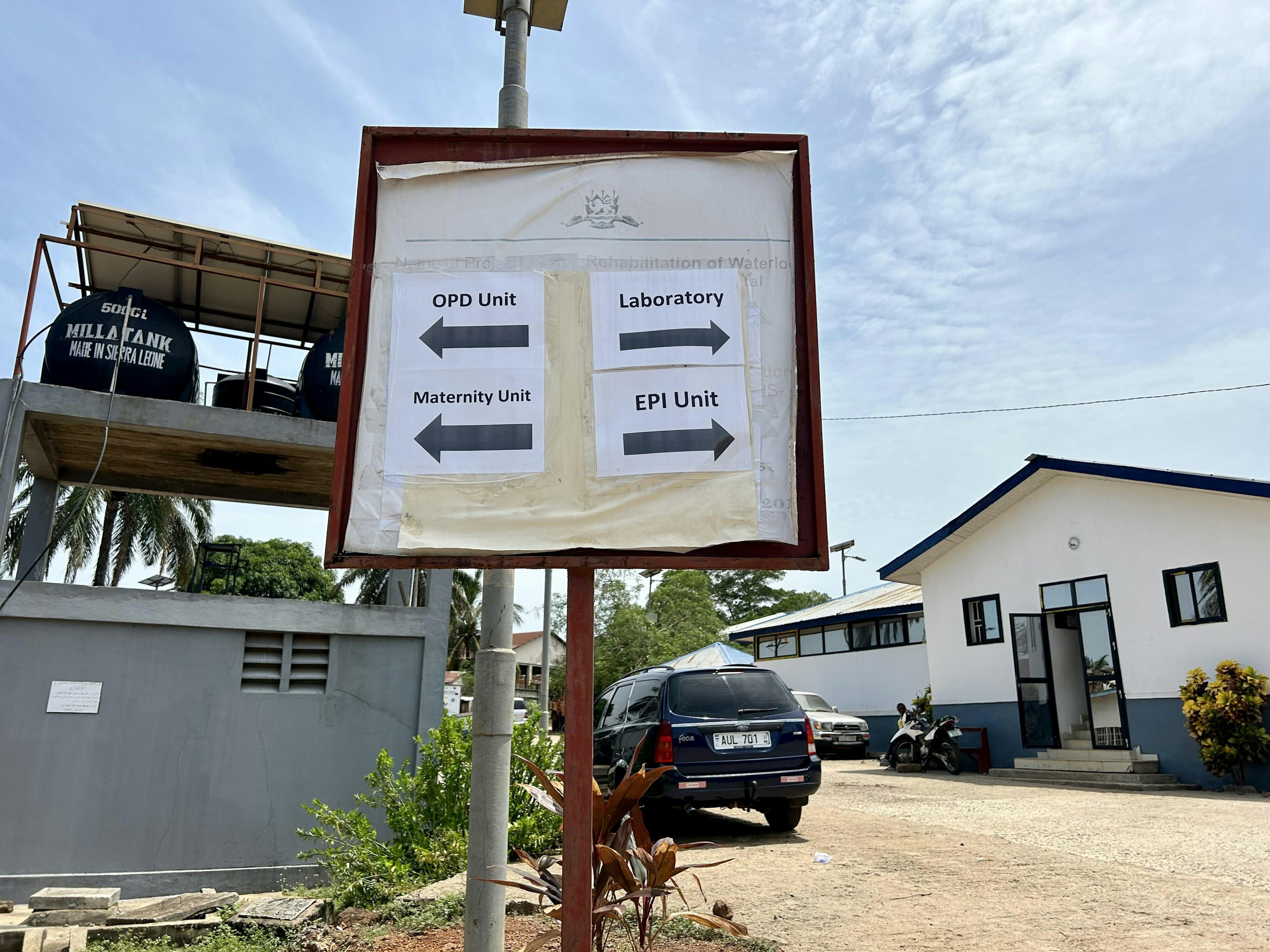Monitoring renewable energy solutions for improved health service delivery
The Sierra Leone Healthcare Electrification Project is deploying solar PV and battery storage systems in health facilities to ensure round-the-clock electricity supply and improve healthcare service delivery. Under this multi-phase national solar electrification initiative, nLine deployed sensors at 17 under-electrified government hospitals that were selected for increased electrification. Data from the sensors provide critical baseline power quality and reliability metrics before the installation of renewable energy solutions, and provide continued performance monitoring after installation. In partnership with Crown Agents and Sustainable Energy for All, this project at 17 hospitals aims to help build the evidence base for verifying energy system performance and connecting the impact of reliable, high-quality electricity on health service delivery and health outcomes.
Motivation
Access to reliable, high-quality electricity plays an essential role in the delivery of health services. For example, health facilities that lack reliable electricity access are unprepared to deliver adequate health care due to poor lighting, absence of refrigeration and sterilization services, and insufficient use of electricity-dependent medical equipment.
In Sierra Leone, Sustainable Energy for All’s (SEforALL) critical market assessment of the country’s health sector revealed that 38% of health facilities lack any access to electricity and 80% of primary health facilities are not connected to the national grid. For those health facilities that do have some form of access to electricity, most continue to experience unreliable and inadequate access regardless of their combination of electricity sources. Many of these health facilities lack access to affordable, clean energy and rely on diesel generators with frequent breakdowns and prohibitively expensive fuel costs. Based on SEforALL’s market assessment, more than 1,000 health facilities in Sierra Leone either need new power solutions or a backup solutions.
To that effect, SEforALL—with support from Sierra Leone’s Ministry of Health and Sanitation and UK’s Foreign, Commonwealth and Development Office (FCDO)—is electrifying health facilities in the country with renewable energy solutions to provide clean, reliable energy to support health service delivery. Crown Agents—the initial implementing organization for this project—summarizes the theory of change as:
If health facilities have on-going access to clean, reliable electricity…
then the quality and availability of health services will improve…
and diesel consumption to power generators will reduce.
nLine’s technology generates data-driven insights on power quality and reliability (PQR) at health facilities before and after the installation of solar PV systems. This Healthcare Electrification Project in Sierra Leone presented an opportunity to use nLine’s remote monitoring technologies to provide baseline data on PQR at under-electrified government hospitals, monitor the performance of installed renewable energy systems, evaluate the impact of renewable energy solutions on reliability of power supply and health service delivery, and set a foundation for power quality and reliability standards that ensure the provision of usable, sustainable energy services for health facilities.


Project Description
Beginning in April 2023, nLine sensors were deployed in 17 under-electrified government hospitals in Sierra Leone. Sensors were installed with the six Phase 1 hospitals (top left image) in April 2023 and installed with the 11 Phase 3 hospitals (top right image) from January to April 2024. These hospitals were already powered by a mix of grid power, solar and/or fuel generator(s).
nLine uses its GridWatch system to measure the frequency and duration of power outages, voltage and frequency levels, and the usage of generators. We detect, monitor, and disaggregate power quality and reliability issues by energy source (e.g. grid, solar, or generator) and identifies specific areas within a health facility that are experiencing better or worse power (e.g. in specific buildings, wards, or rooms). In each hospital, sensors were installed in several critical care rooms (e.g. operating theatres, intensive care units, and maternity wards) to measure the reliability of power supply in rooms where uninterrupted power supply is needed for life-saving care and treatment.
At six of the hospitals (Bonthe, Kabala, Kambia, Masanga, ODCH and PCMH) nLine collected baseline PQR metrics prior to the installation and commissioning of new solar PV and battery storage systems by December 2023. For the remaining 11 hospitals, nLine installed sensors to collect data for energy audits and energy needs assessments that informed the design and procurement of renewable energy solutions. Remote monitoring will continue at these 11 hospitals after systems are installed to provide a rich measurement of the impact of the new systems on PQR (pre and post-installation).
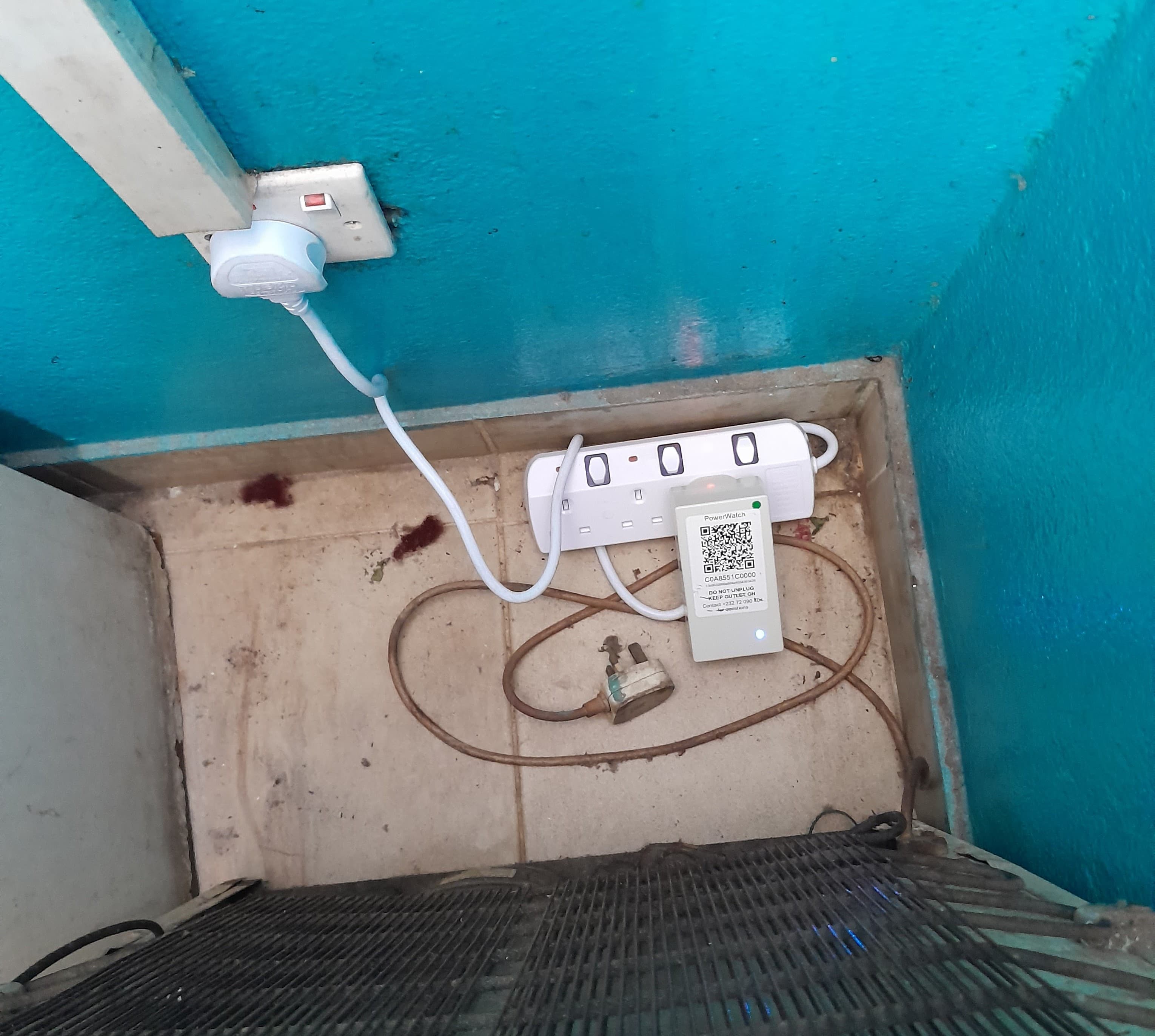
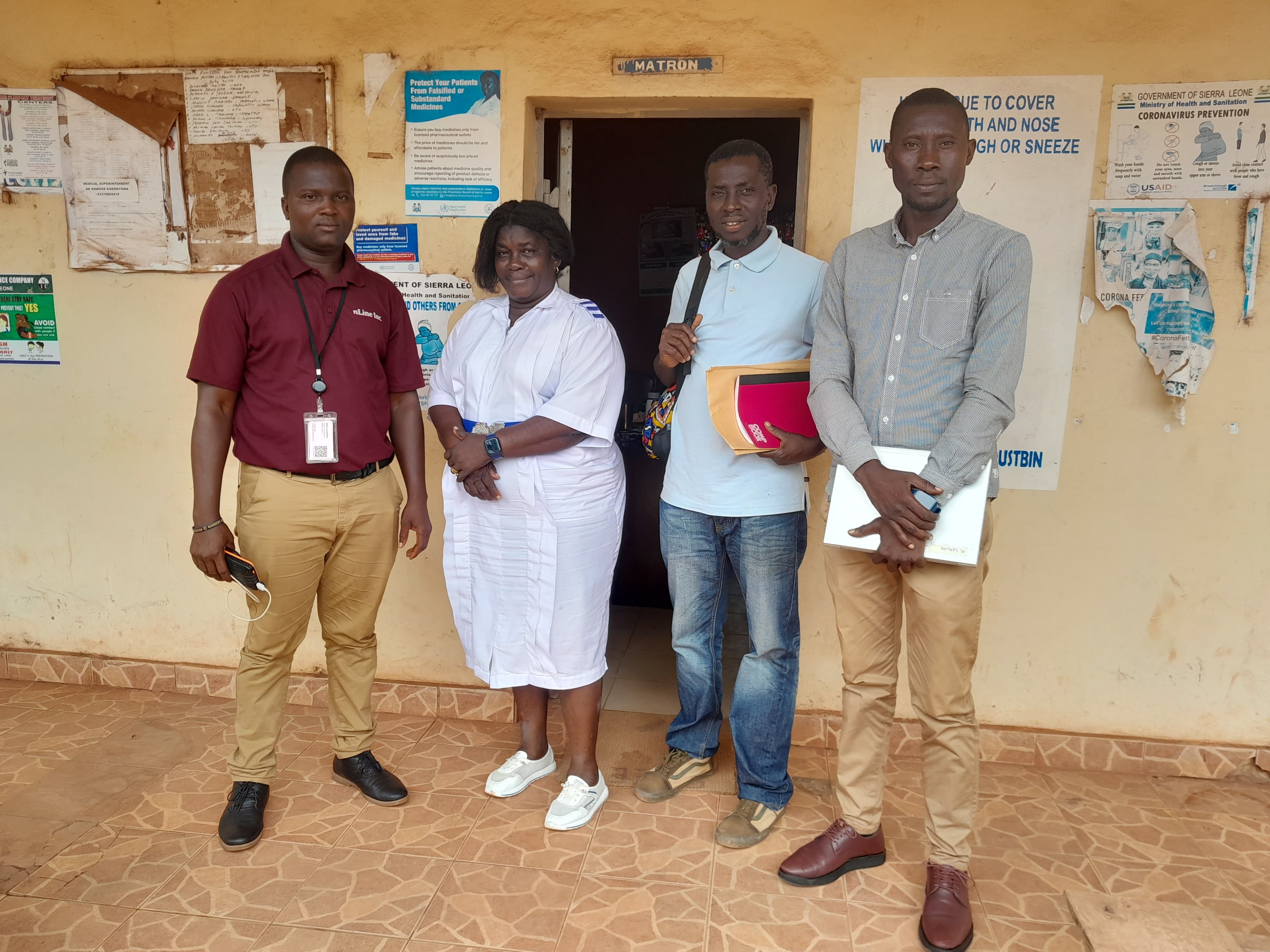
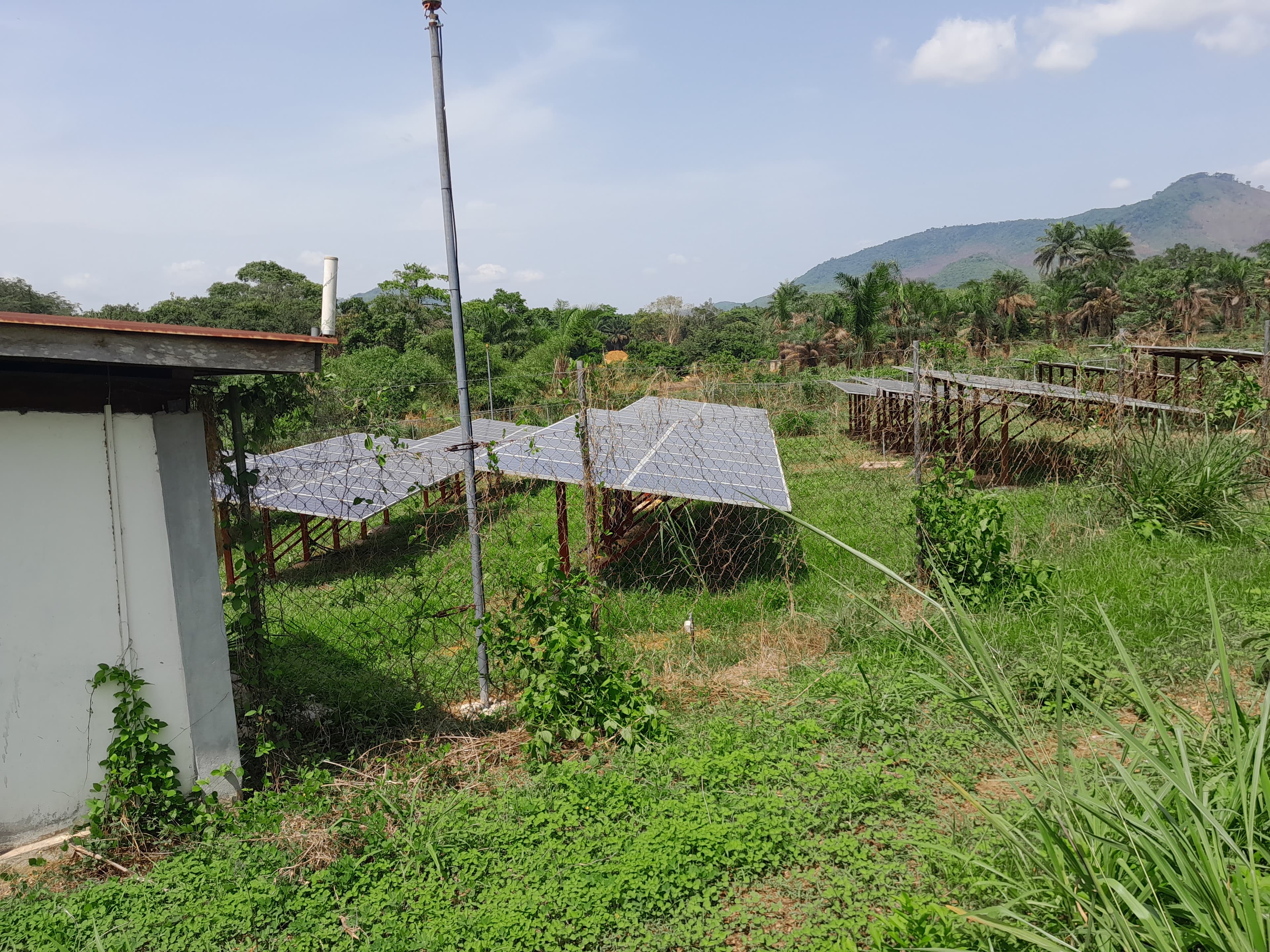

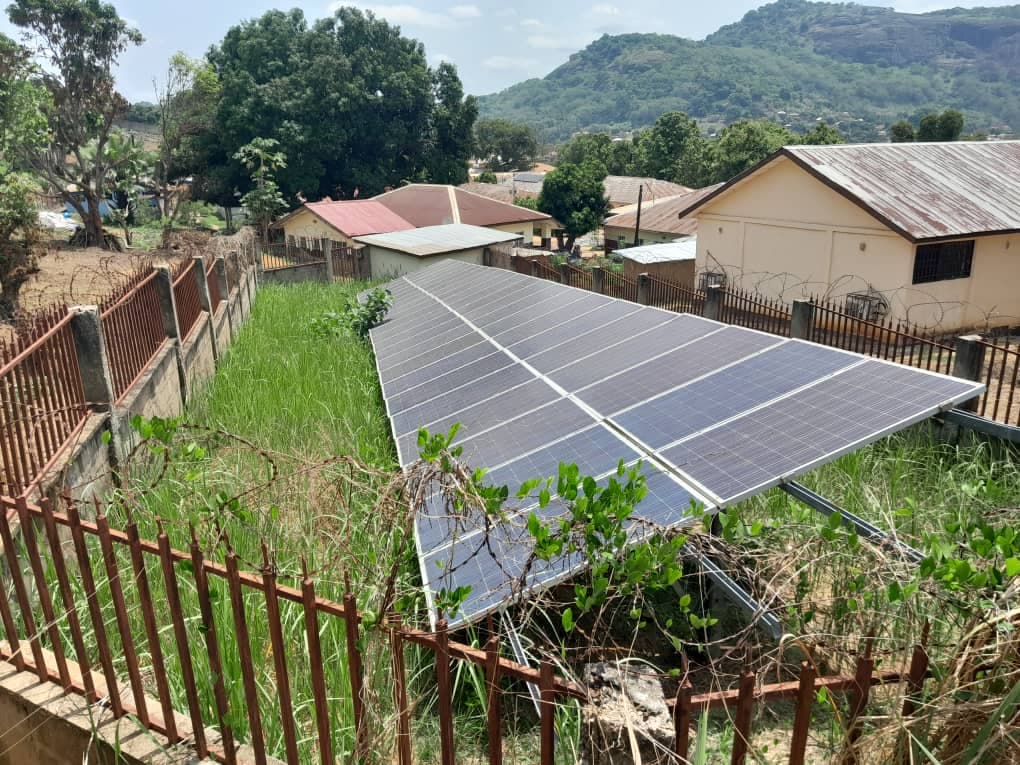
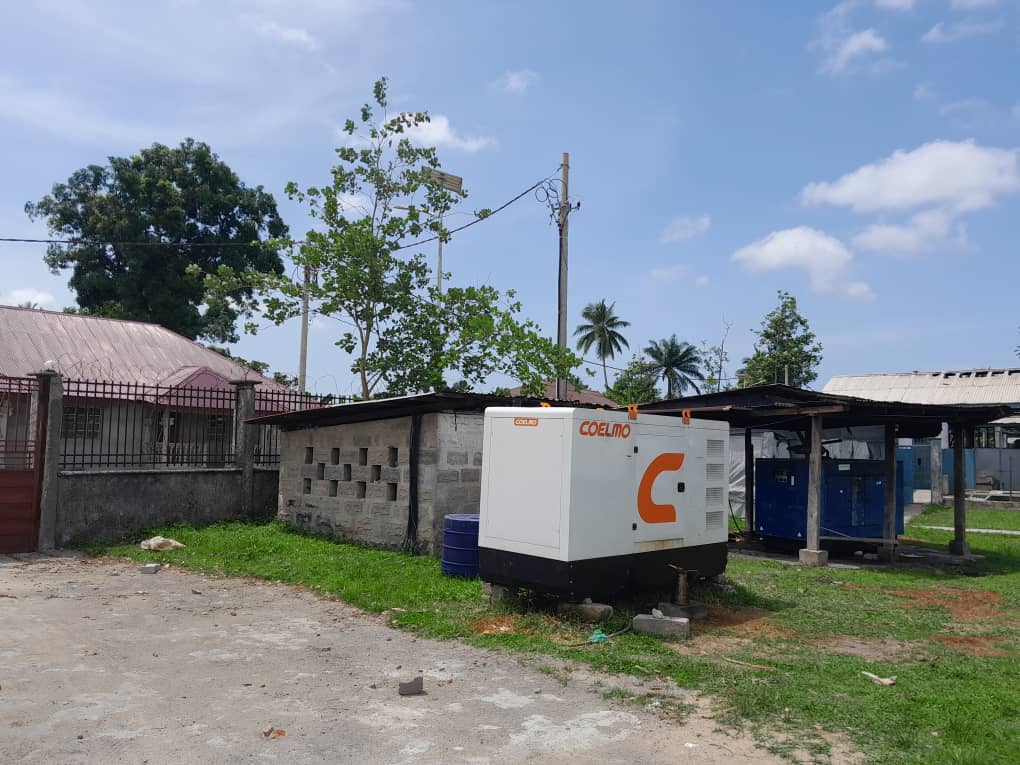
Key Insights
nLine sensor data and power quality and reliability key performance indicators (KPIs) are supporting Crown Agents and SEforALL in 1) gaining a more accurate picture of current electricity reliability and quality challenges facing each hospital and 2) understanding the impact of the newly installed renewable energy solutions on resolving these power quality and reliability challenges at each hospital.
nLine continues to monitor PQR at the 17 hospitals to evaluate changes in the availability and quality of supplied power, quantify the impact of these changes on health service delivery, and inform standards for future health electrification projects. This longitudinal remote monitoring will also enable month-to-month and seasonal comparisons of electricity reliability and quality.




Please see resources below for detailed insights and results.
